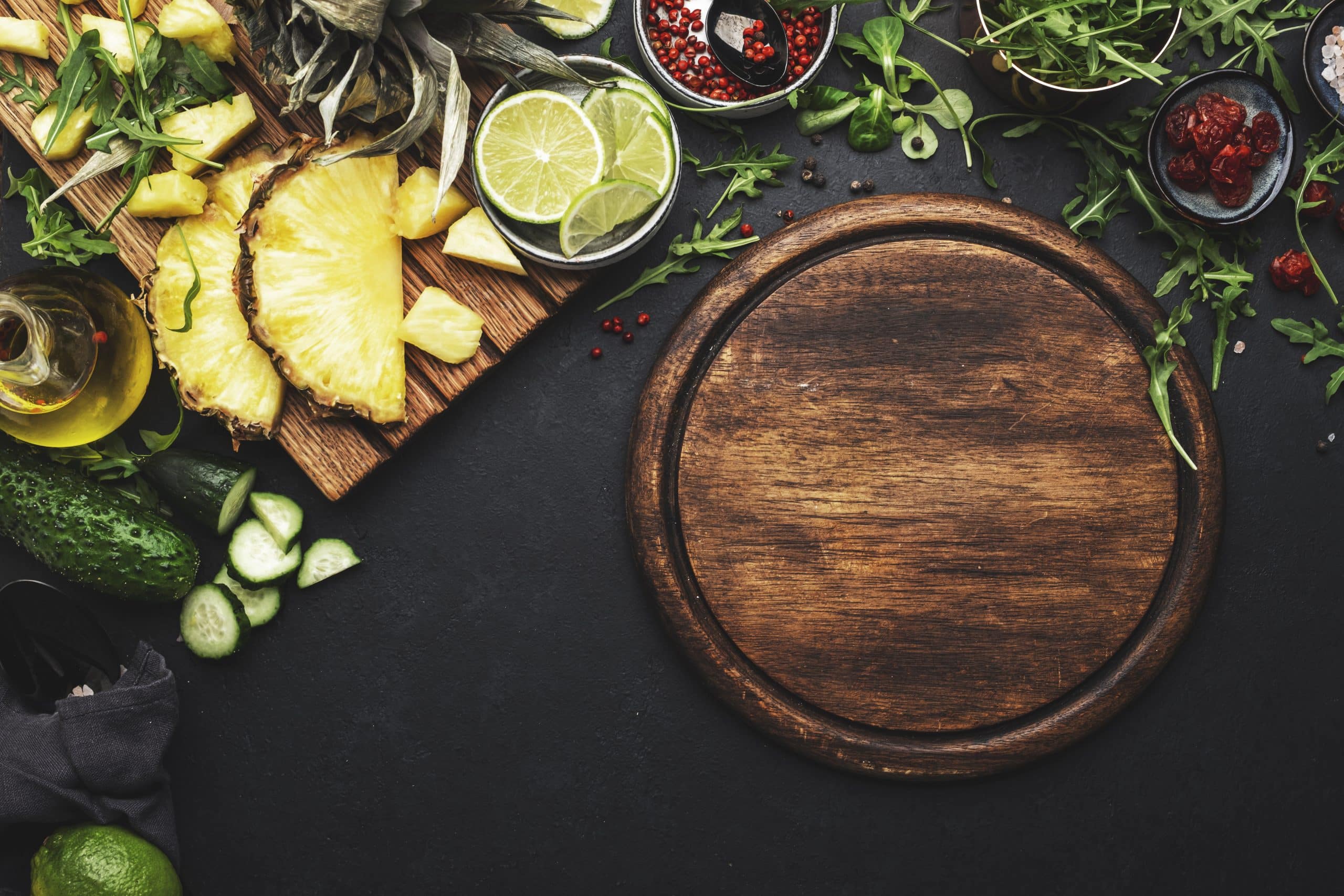What Are the Key Nutritional Needs for Senior Cats with Kidney Conditions?

Kidney conditions, or chronic kidney disease (CKD), are common in senior cats. Knowing the nutritional needs of your feline friend can significantly improve their quality of life. So what exactly should their diet entail? Let’s dive in and explore this critical area of cat health and nutrition.
Understanding Kidney Disease in Cats
Before we delve into the dietary needs, it’s paramount to understand what kidney disease in cats really entails. The kidneys are essential organs that help filter waste products from the blood. When they start to fail, as is often the case with chronic kidney disease, these waste products build up and can cause a plethora of health issues for your cat.
Have you seen this : How to Implement a Gentle Yoga Routine for Dogs with Joint Stiffness?
CKD is primarily a disease of older cats. It is an irreversible process of kidney damage over the years, often caused by age-related changes, infections, or underlying health conditions. Symptoms may include increased thirst and urination, loss of appetite, weight loss, bad breath, and lethargy.
When your cat is diagnosed with CKD, the primary goal is to slow the progression of the disease and manage the symptoms. This is where diet plays a crucial role.
Also to read : How to Choose the Right Pet Carrier for Stress-Free Travel?
Importance of a Low Protein Diet
While protein is a fundamental part of any cat’s diet, when it comes to cats with CKD, the rules change a little. High protein levels can put a strain on the kidneys, as they have to work harder to metabolize it.
However, it’s also necessary to ensure that your cat isn’t deprived of protein completely. The trick is to find the right balance. A low-protein diet that is high-quality helps to minimize the amount of waste products that the kidneys have to filter, reducing their workload and slowing the progression of the disease.
It’s important to note that your cat will still need essential amino acids, so completely eliminating protein from their diet is not advisable.
Importance of Phosphorus Management
Phosphorus is another component that requires careful consideration in the diet of cats with kidney disease. High phosphorus levels can further damage the kidneys, leading to a faster progression of CKD.
Kidneys play a crucial role in maintaining the balance of phosphorus in the cat’s body. As kidney function declines, phosphorus levels accumulate, leading to secondary health issues like bone disease.
A diet low in phosphorus is, therefore, an important aspect of nutrition for cats with CKD. Many commercial renal diets for cats are specially formulated to have lower phosphorus content.
Ensuring Adequate Water Intake
Water is a key aspect of any diet, and cats with kidney disease are no exception. When kidneys fail, they can no longer concentrate urine effectively. This leads to increased urination resulting in potential dehydration.
Ensuring that your cat gets an adequate amount of water will help prevent dehydration and support kidney function. Wet foods can be a great addition to your cat’s diet, as they typically contain about 70-80% water.
Yet, it’s not always easy to get cats to drink, so you might need to come up with some creative strategies. This could include providing multiple fresh water sources, using a cat water fountain, or adding water to their food.
Introducing Renal Diets
Renal diets are specially formulated diets for cats with kidney disease. They usually contain lower protein and phosphorus levels, while still providing all the necessary nutrients that your cat needs.
Renal diets are designed to reduce the workload on the kidneys, slow the progression of disease, and manage symptoms like poor appetite and weight loss. They can be an excellent choice for cats with CKD, as long as they are introduced gradually and under the guidance of a veterinarian.
Remember, every cat is unique, and what works for one might not work for another. It’s crucial to monitor your cat’s condition and adjust their diet as necessary. Consult with your vet regularly and be patient in finding what’s best for your feline friend.
Choosing the Correct Cat Food for Kidney Disease
With the dietary needs of a cat with CKD in mind, the selection of appropriate cat food becomes a significant task. The balance of proteins, phosphorus, and water content can greatly influence how the cat responds to its food in relation to kidney disease. High quality ingredients play a pivotal role in this mix.
The first step is to ensure the cat food chosen has high-quality protein. As previously mentioned, too much protein can strain the cat’s kidneys, while too little may lead to malnutrition. Thus, it’s crucial to find cat food that offers a precision balance of protein. Look for those that specifically mention the inclusion of essential amino acids, which are vital for your cat’s overall health.
Reducing phosphorus intake is also vital in managing CKD in cats. Therefore, the cat food selected should have a low phosphorus count. This doesn’t mean that it’s completely devoid of phosphorus, as it’s still a necessary mineral for your cat’s health. However, the levels should be significantly reduced to lessen the burden on the kidneys.
Also, choosing cat food that has a high moisture content can help combat the dehydration that often accompanies kidney failure in cats. Wet cat food can be an excellent option in this case, as it generally consists of 70-80% water. This can aid in maintaining hydration levels in your cat, reducing the risk of further kidney damage.
Remember, while there are many commercial renal diets available in the market, it’s crucial to consult your veterinarian before making any changes to your cat’s diet. They can provide personalized advice based on your cat’s specific needs and health condition.
Conclusion: Maintaining Quality of Life for Your Senior Cat with Kidney Disease
Managing CKD in cats requires a thoughtful approach to their dietary needs. Understanding what to feed a cat with kidney disease can significantly improve their quality of life and even slow the progression of the condition. High-quality protein, low phosphorus, and adequate hydration are key components of this dietary plan.
Apart from diet, it’s also crucial to regularly monitor your cat’s health and consult your vet for any changes or concerns. Keep in mind that your furry friend may not always show noticeable signs of discomfort or illness, but regular vet visits can help detect any underlying issues and provide timely treatment.
A cat with CKD can still live a comfortable life with the right care, diet, and medical attention. Remember, each cat is unique, and what works best for one may not work for another. Be patient and persistent in finding what suits your feline friend best.
Above all, fostering a loving and supportive environment for your cat can do wonders in enhancing their wellbeing. After all, it’s not just about prolonging their lives; it’s about enriching the quality of life they lead, kidney disease or not.
